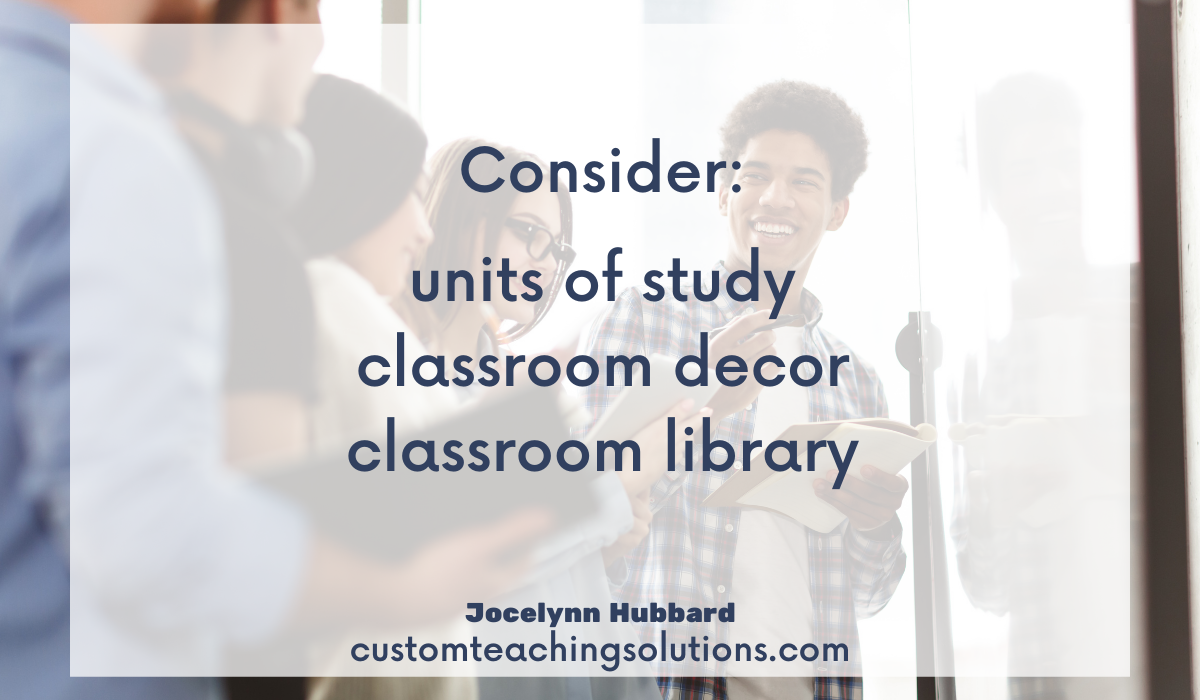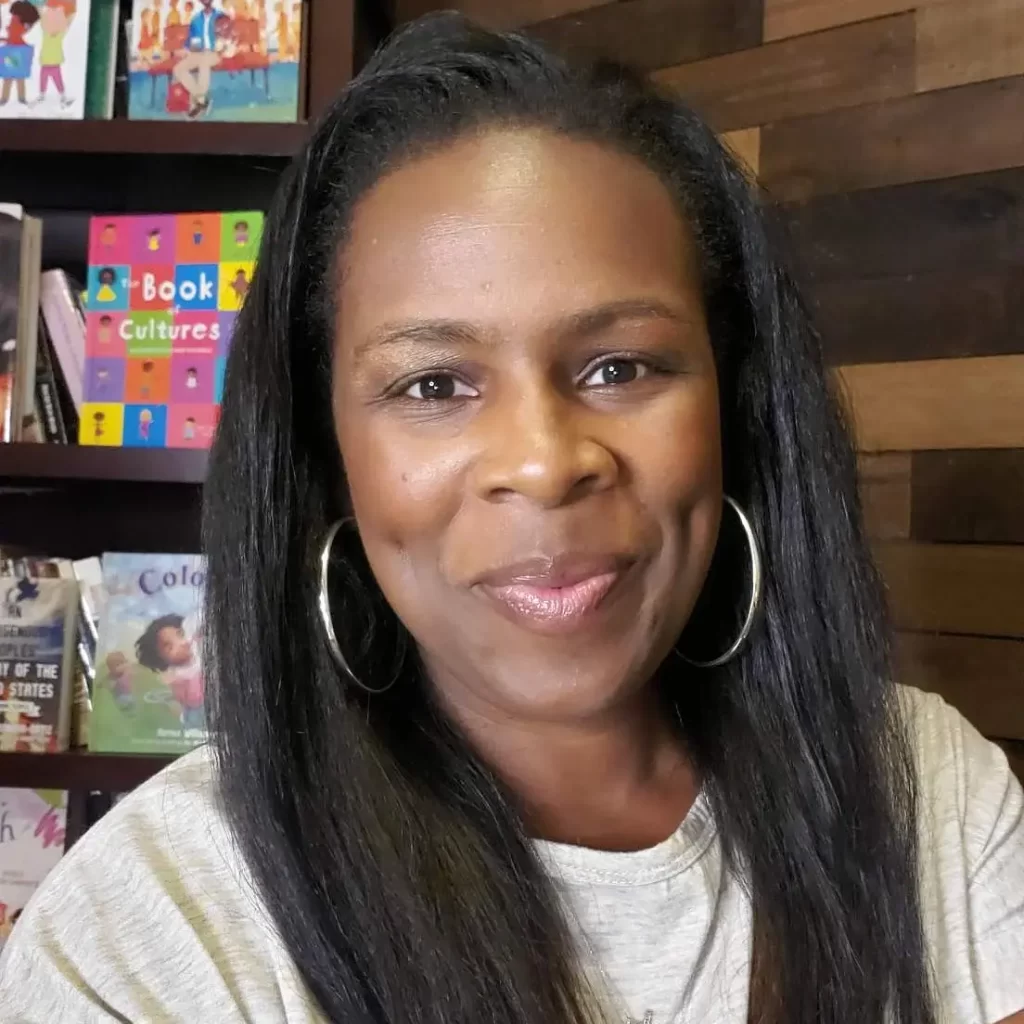
As an educator and a mother of five children, I strive daily toward intentionality in my actions, in the choices I make, and with the words I use. This is completely contradictory to the age old saying, “Do what I say and NOT what I do.”
For this reason, I not only strive to have a culturally inclusive classroom environment and a culturally inclusive home environment, but a culturally inclusive life.
So what does this look like in the classroom, in the home, and in life?
Let’s first examine the classroom environment. Whether you desire to create a welcoming and inclusive environment in a private, public, or homeschool setting, the strategies are fairly similar.
Creating a Culturally Responsive Classroom

- PERSONAL GROWTH – Creating an authentically accepting and inclusive classroom begins with you, the educator, the mentor, the role model. Take responsibility for your own learning. Open your eyes. Do not get stuck in what you have always done BECAUSE you have always done it. Talk to teachers that do not look like you and likely do not teach like you.
- UNITS OF STUDY – Be thoughtful and intentional about planning units of study. Ask yourself several questions: Why am I teaching this? What are my motivations, preconceived notions, biases, etc.? What do I want my students to learn? How am I going to teach this? How can I include representation from multiple perspectives? Where is the female voice, the Hispanic voice, the African voice, the Black American voice, the Asian voice? **New subscribers get a copy of my step by step unit planning resource. It is designed to help teachers think this way without getting overwhelmed.**
- CLASSROOM DECOR – Look at the quotations, art work, and pictures you have hanging on the wall. If you are discussing the founding of America, are all the pictures of old, White men? Why? Celebrate color and diversity on your walls. Show your students the beauty of a diverse and rich color palette.
- CLASSROOM LIBRARY – Check out your leveled readers or “choice books”. How many races and cultures are represented in sports, mystery, science fiction, adventure? Start with one section of your classroom library and add books that represent the world in which we live, not just yourself or your classroom demographic. Choosing window, mirror, and map texts will ensure a diverse offering.

The Big Picture
5. LEADERSHIP – Hold leadership accountable for providing professional development sessions that include training and coaching on developing and maintaining a culturally responsive classroom and school environment.
6. DON’T GET OVERWHELMED – Truly transforming your classroom takes time and intentionality.
-
- You can do this! This decision to be intentional is transformative. Stay the course.
- Start with one unit of study. Sit down with your team and talk through it together. Working together can make the task enjoyable.
- Pick one area of your classroom and revamp the decor.
- Choose one category in your classroom library at a time to overhaul. Talk to the school or community media specialist about resources that the school can provide.
- Find conferences or organizations that host interesting PD and suggest it to your leadership team.
Creating a culturally responsive classroom environment will increase acceptance and understanding of differences. It will equip students to interact in the very colorful and diverse world in which we live.
That’s all for now. We’ll talk about intentionally being inclusive in the home and in life in the next blog posts. Cheers to Culturally Responsive Classrooms!
Cheers!
Joce
Looking for in person or virtual training and coaching to develop a culturally responsive environment at your school? Check out The Culture-Centered Teacher Series and contact me to schedule!







1 thought on “6 Ways to Create a Culturally Responsive Classroom”
Pingback: What is a Culture-Centered Classroom? - Custom Teaching Solutions